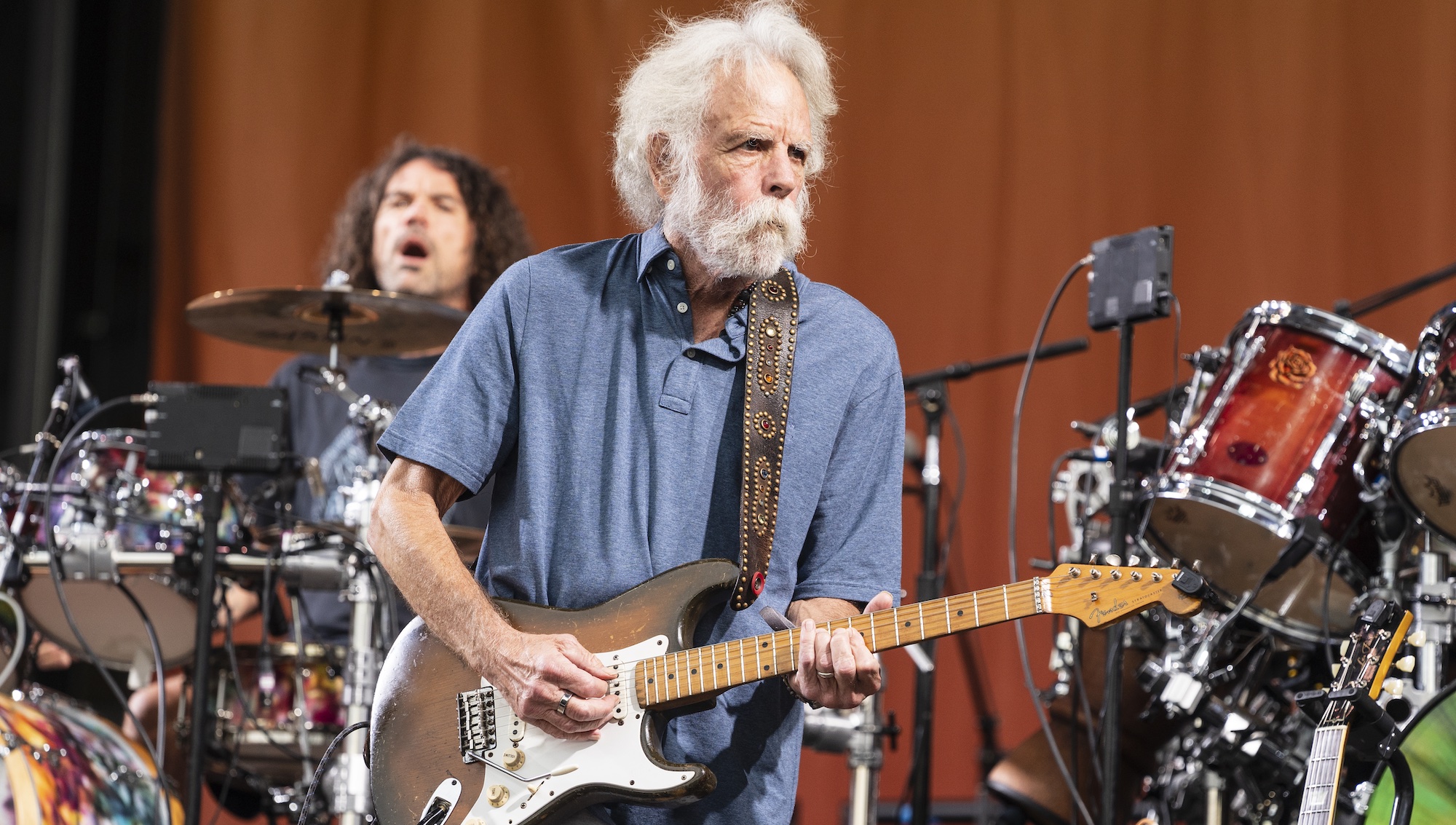60-Second Songwriting: Songwriting Building Blocks—Tempo and Rhythm
The tempo and rhythm of your tune are crucial elements of song creation, yet they’re probably the most neglected in the songwriting process.
60-Second Songwriting aims to offer quick, concise, song-craft tips, basics and blasts for the time-crunched and attention-challenged 21st-century musician.
In terms of the architecture of a pop song, in its simplest form, a tune can be broken down into a few key elements or building blocks - chord progressions, top-line melodies, lyrics, tempo-rhythm and song structure. As songwriters, we casually discuss these foundational elements all the time — “Why don’t we switch up that top-line on the last chorus? How about adding a bridge to the song structure?” But how often (if ever) do we really stop to think, beginner or advanced writer alike, about the nut-and-bolt concepts behind these everyday fundamentals of our trade?
In this edition of 60-Second Songwriting, we focus on the songwriting building blocks – tempo and rhythm. We’ll take a look at their basic functions through the specific lens of the songwriter and explore tempo and rhythm’s purpose in service of the song.
Tempo and Rhythm
- The tempo of your song (how fast or slow your song is performed) and the rhythm (simply put, the beat/feel of your song in terms of time) are crucial elements of song creation yet they’re probably the most neglected in the songwriting process.
- Changes in tempo can impact the way a song is perceived. The difference between, say, 120 BPM (beats per minute) and 122 BPM may be slight, but that variation can be felt by the listener.
- Same goes for changes in rhythm; if, for example, a drummer shifts the emphasis away from the two and the four of a measure and begins to emphasize the three instead, your song can quickly transform from a conventional pop tune to a reggae style number.
- Time signature choice, obviously, plays a big role in terms of rhythm as well (4/4 time or 3/4 time, etc.).
- When addressing tempo and rhythm within the songwriting process, let the song determine its own speed and rhythmic path.
- Looking at tempo, if your top-line melody sounds rushed and the lyrics feel as if they’re tripping over themselves as they leave your mouth, the song itself is telling you to rein back the tempo and slow down.
- Regarding rhythm, allow the natural patterns that you find yourself strumming on guitar or the accents you play on piano to dictate the rhythm/beat of your song.
Mark Bacino is a singer-songwriter based in New York City. When not crafting his own melodic brand of retro-pop, Mark can be found producing fellow artists, composing for television/advertising and teaching songwriting via his Queens English Recording Co. Mark also is the founder-curator of intro.verse.chorus, a website dedicated to exploring the art of songwriting. Visit Mark on Facebook, Instagram or follow him on Twitter.
All the latest guitar news, interviews, lessons, reviews, deals and more, direct to your inbox!
